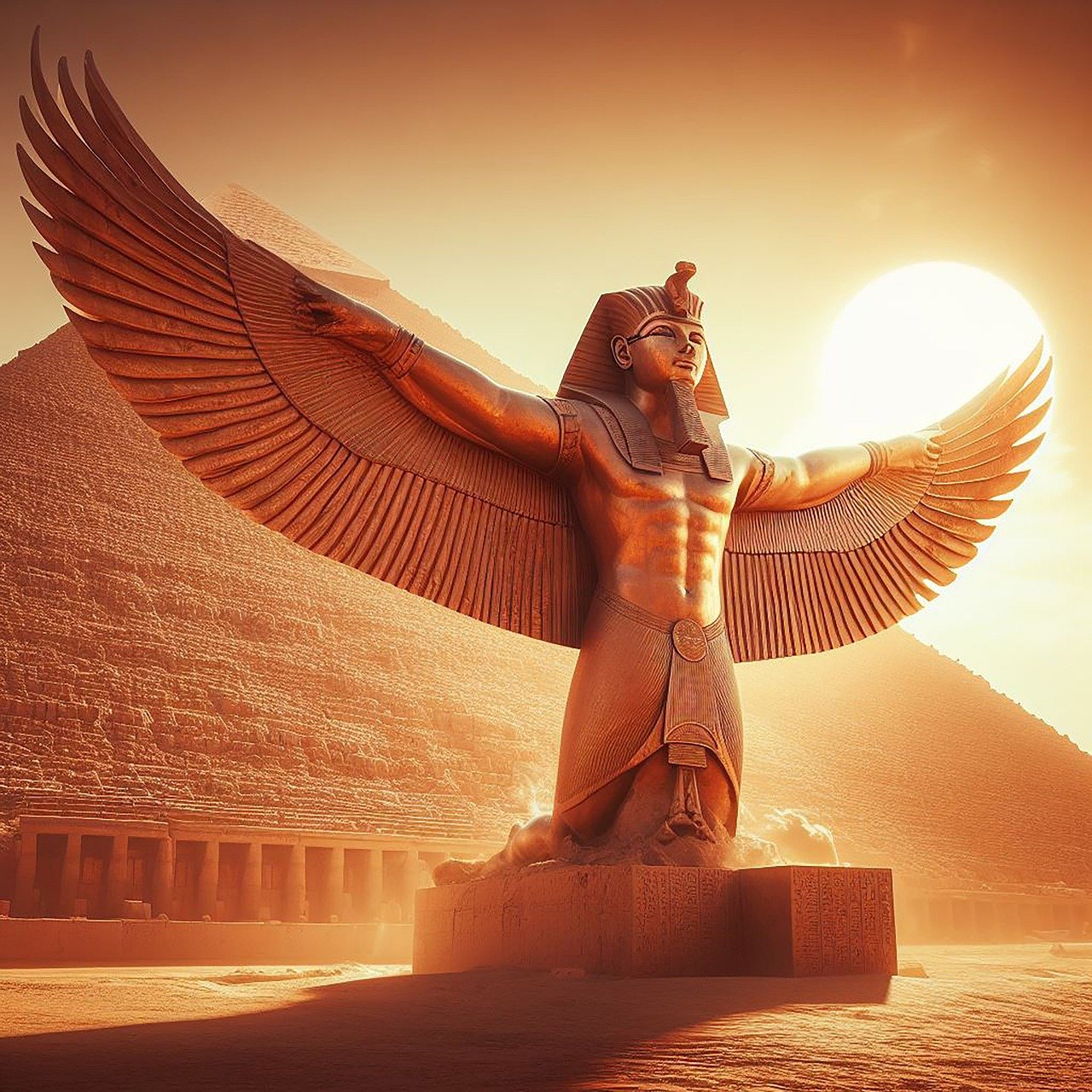Hera, revered as the queen of the Olympian gods, embodies the Greek goddess of marriage, family, and the protector of women. Frequently depicted as a powerful matron adorned with a diadem, or as a veiled married woman, her character is both fierce and vengeful. Symbols associated with her include the pomegranate, scepter, and crown.
Key Facts
Family Tree
- Parents: Cronus and Rhea
- Partner: Zeus
- Siblings: Hestia, Hades, Poseidon, Demeter, and Chiron
- Children: Ares, Hephaestus, Eileithyia, Hebe, and others including lesser-known figures such as Angelos and Typhon.
Personality
- Roman Name: Juno
- Other Names: Uni
- Ancient Greek: Ἥρα
- Domain: Sky, heavens, marriage, women
- Symbols: Pomegranate, scepter, crown
Name and Etymology
The name “Hera” has various interpretations. One theory links it to the Greek word ὥρα (hōra), signifying season, thereby suggesting her name represents the ideal time for marriage. Plato proposed that it derives from ἐρατή (eratē), meaning beloved, referring to her relationship with Zeus. Another interpretation by Plutarch presents it as an allegory—an anagram of the word for air, ἀήρ (aēr). While John Chadwick attempted to connect her name to ἥρως (hero), its validity remains uncertain. R.S.P. Beekes posits a pre-Greek origin, associating Hera with matriarchal traditions.
The Romans identified Hera with Juno, while the Etruscans called her Uni. Norse mythology aligns her with Frigg.
Hera’s Origins and Family
Hera is the offspring of Titans Cronus and Rhea and one of the initial six Olympian deities. In a bid to prevent being overthrown by his offspring, Cronus swallowed all his children. Yet, Rhea cleverly rescued Hera by substituting her with a stone, allowing Zeus to eventually force Cronus to regurgitate her siblings. The ensuing Titanomachy culminated in the Olympians seizing Mount Olympus, with Zeus marrying Hera, who then ascended as queen over gods and mortals.
Some legends assert that Hera was born in Samos beneath a sacred tree, near her temple, the Heraion.
Relationship with Zeus
Hera, the goddess of marriage, maintained an unwavering fidelity to Zeus, even as he indulged in numerous affairs. Her beauty captivated Zeus, leading her to seduce him in various tales, including a narrative where Zeus transformed into a cuckoo to win her affection. Despite his numerous infidelities, Hera remained loyal, often causing internal strife due to her husband’s constant betrayals.
Hera’s Offspring
Hera birthed several notable deities with Zeus, including Ares, the god of war, and Hephaestus, the deity of craftsmanship, whom she rejected due to imperfections, leading him to seek revenge later on. Hera also gave birth to characters like Eleutheria, the embodiment of freedom, and the Charites, or Graces, representing beauty and charm.
Depiction and Characteristics
Appearance
Greek mythology celebrates Hera’s unmatched beauty, with descriptions highlighting her tall stature, alluring eyes, and fair skin. She is often presented in bridal attire, complemented by a golden crown embellished with gems and a luxurious scepter, showcasing her royal status.
Personality Traits
Hera’s representation throughout ancient literature often conveys her vengeful nature, especially regarding Zeus’ infidelities. Despite this, she occasionally demonstrates compassion towards women suffering from male violence or hardship, taking her role as a protector seriously.
Hera’s Powers
As the first-born goddess ruling over Olympus, Hera possessed immense power, exhibiting superhuman strength and other extraordinary abilities, from control over the elements to transformation and biokinesis.
Sacred Symbols
Hera’s ultimate symbols include her royal scepter and throne. Additionally, the cuckoo stands as a sacred animal, signifying Zeus’ love for her. Other sacred beings include the peacock, lion, and cow, with flora like lotus and pomegranate reflecting her association with fertility.
Roles and Responsibilities
Hera’s primary role involved safeguarding marriages and women, particularly during childbirth. As a protector, she was thought to guard notable cities and cities like Argos and Mycenae.
Myths about Hera
Many tales depict Hera’s tumultuous relationship with Zeus and the consequences of his unfaithfulness. Key stories include:
- Judgment of Paris: Hera’s jealousy incited the Trojan War after Paris deemed Aphrodite the fairest, igniting a conflict that altered Greek mythology.
- Argus and Io: Hera employed Argus, her watchman with hundreds of eyes, to keep an eye on Io, a maiden transformed by Zeus. Ultimately, Hermes intervened, leading to Argus’s demise.
- Heracles: Hera’s resentment towards Zeus’ illegitimate son, Heracles, influenced her attempts to thwart him from infancy onwards, making him a target of her vengeance.
-
The Tale of Pelias and Jason: Hera’s pursuit of vengeance against Pelias led her to orchestrate events through Jason and Medea, ultimately ensuring Pelias’ downfall.
Hera’s Place in Ancient Greek Religion
Numerous temples, including those on Samos and in Olympia, honored Hera, illustrating her significant role within the Greek pantheon. Festivals such as Daedala, centered around marriage and reconciliation, underscored her importance in social and religious contexts.
Representations in Art
Hera is frequently illustrated alongside Zeus in classical art, often displayed symbolically to represent marital relations. Her complexity is depicted in various artistic themes, from her beauty to her wrath towards Zeus.
Conclusion
Hera’s influence spans mythology, religion, and art, making her a significant figure in ancient narratives. The dynamic layers of her character as the vengeful wife, a protector of women, and a majestic goddess remain a compelling testament to her enduring legacy.



